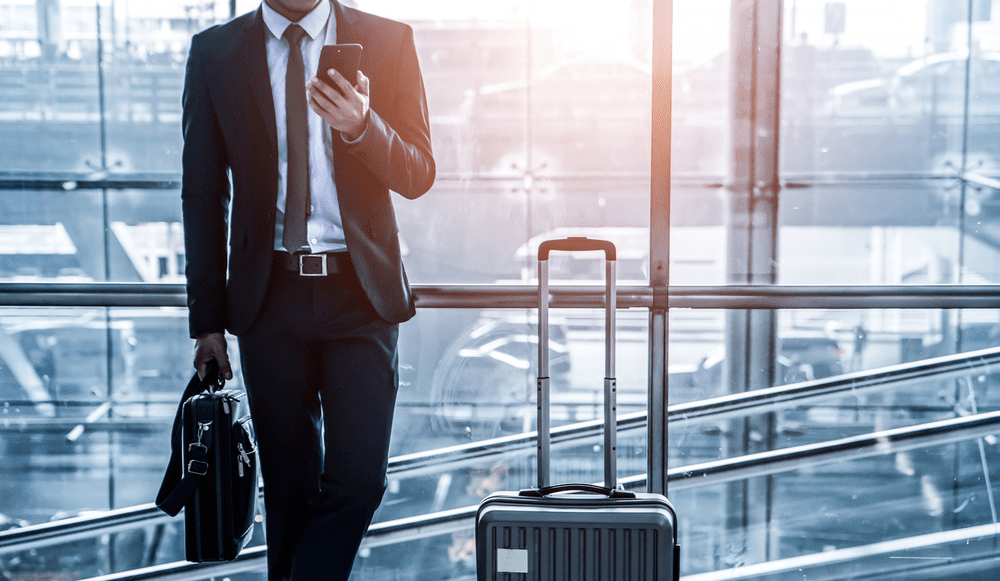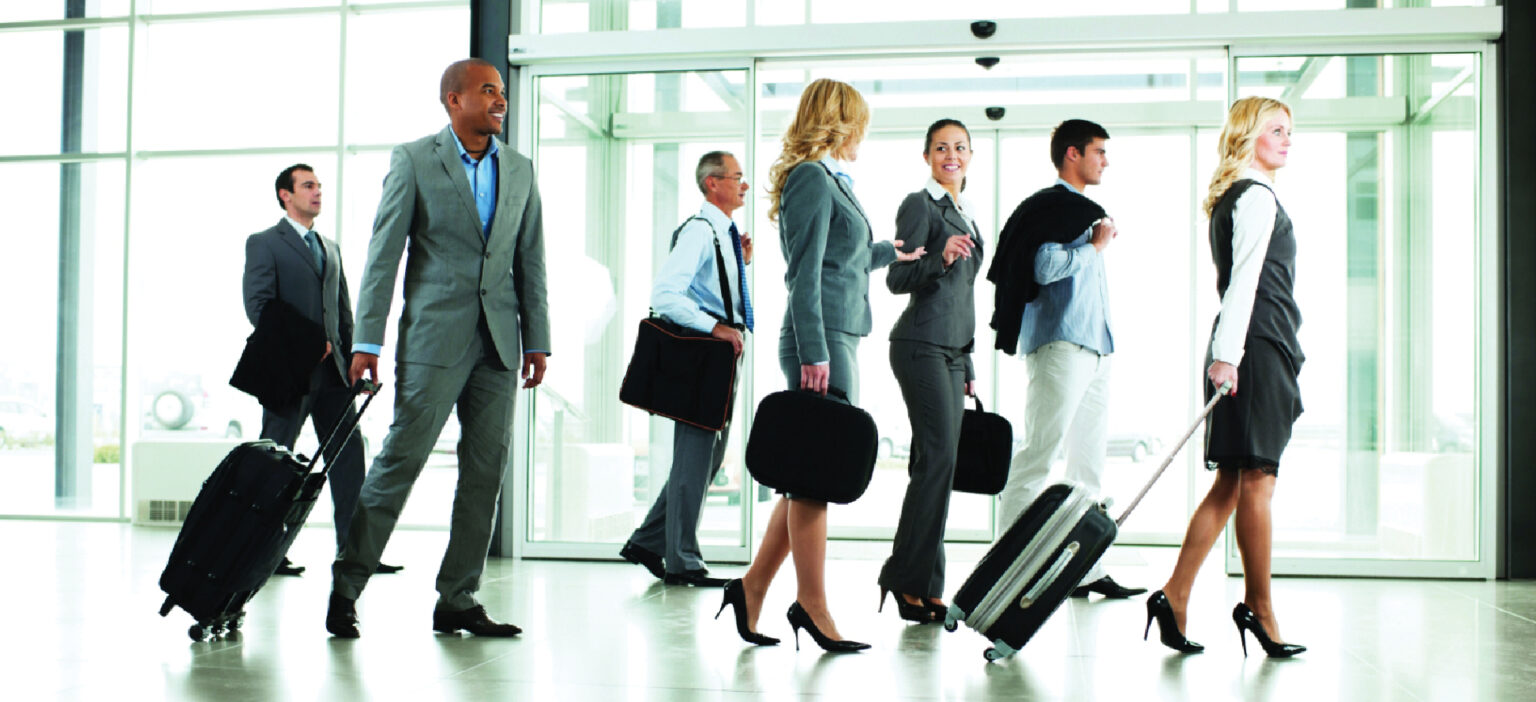Traveling for work can be exciting but also expensive if you don’t understand your traveling allowance (TA). Knowing how TA works and how to make the most of it can save you money, reduce stress, and make your business trips smoother. In this article, we’ll explain TA, how it’s calculated, its relationship with DA (Dearness Allowance), and seven actionable tips to maximize your allowance.
What Is Traveling Allowance (TA) and Why Is It Important?

Traveling Allowance (TA) is a reimbursement provided by employers to cover costs related to official travel. It includes transportation, lodging, meals, and other work-related expenses.
Understanding TA is essential because it:
- Ensures you’re reimbursed for official travel costs
- Helps manage your trip budget efficiently
- Encourages employees to plan trips smartly without financial stress
Whether you’re a government employee, corporate traveler, or finance manager approving expenses, knowing your TA entitlements can prevent confusion and maximize benefits.
How Traveling Allowance Is Calculated
TA calculation depends on your organization’s policies, but generally, it includes:
- Travel Costs: Airfare, train tickets, bus fare, or mileage for personal vehicle use
- Accommodation Allowance: Hotel or lodging expenses during the trip
- Daily Allowance (DA): Money allotted for meals and incidental costs
- Miscellaneous Expenses: Local transport, tolls, parking fees, and other small expenses
Example:
If you travel 150 km using your own car and the company reimburses ₹10 per km, your TA would be ₹1,500. Some organizations offer fixed travel rates, while others reimburse actual expenses.
Tip: Always check your company’s TA rules to understand which expenses are reimbursable and the applicable rates.
Understanding TA and DA in Salary
TA (Traveling Allowance) covers costs for official travel, while DA (Dearness Allowance) is a cost-of-living adjustment included in your salary. DA often affects TA rates, especially in government organizations.
Key Points:
- TA reimburses only official trip expenses
- DA is linked to inflation and may increase TA entitlements
- Staying updated on revised DA and TA rates ensures you claim the correct amount
Knowing the difference helps employees and HR professionals handle travel claims efficiently.
7 Tips to Maximize Your Traveling Allowance
Here are seven practical strategies to get the most out of your TA:
1. Keep Detailed Records
Always save tickets, receipts, and travel logs. Proper documentation simplifies reimbursements and reduces errors.
2. Know Your Entitlements
Understand your organization’s TA policy. Know what expenses are eligible, including transportation, meals, lodging, and incidentals.
3. Travel Smart
Choose cost-effective travel options, like trains for short trips or shared rides locally. Smart choices reduce out-of-pocket expenses.
4. Claim Every Eligible Expense
Don’t overlook minor costs like parking fees or toll charges—they often count toward reimbursable expenses.
5. Stay Updated on Policy Changes
TA rates and rules are revised periodically. Being aware of the latest policies ensures you don’t miss out on benefits.
6. Use Technology to Track Expenses
Apps or spreadsheets can help record expenses in real-time, making reimbursement faster and more accurate.
7. Consult HR or Finance
Clarify any doubts with HR or finance departments. This ensures compliance and prevents denied claims.
Frequently Asked Questions (FAQ)
1. What is the rate of TA per km?
Rates vary depending on your organization or government notifications. Check the latest official guidelines to know the exact per-kilometer reimbursement.
2. How often are TA and DA updated?
DA is typically updated twice a year, which may affect TA. Government employees should consult official notifications for revisions.
3. Can I claim TA for personal trips?
No. TA covers only official business travel. Personal trips are not reimbursable.
4. Are TA reimbursements taxable?
Most TA reimbursements are non-taxable, but consult a tax advisor for specific cases.
5. Where can I find the latest TA rules?
Government employees can refer to official PDFs like “Travelling Allowance Rules for Central/State Government Employees” to stay updated on policies.
Conclusion
Understanding your traveling allowance and related allowances like DA is key to stress-free, efficient business travel. By following these seven practical tips, you can maximize your TA, reduce personal expenses, and ensure all eligible costs are reimbursed.
Smart planning and staying informed about policy updates will make your business trips smoother, more affordable, and fully compliant with your organization’s travel rules.
Discover tips and guides on allowances and reimbursements in our comprehensive travel and expense resources
